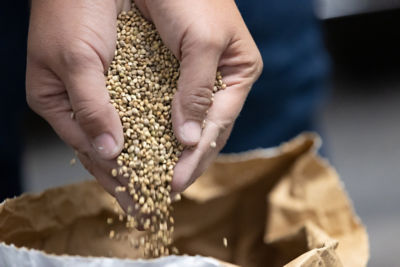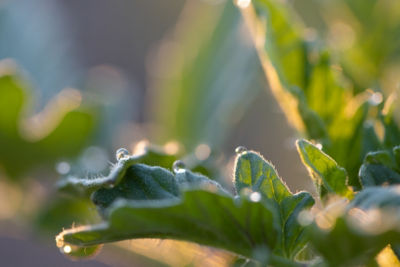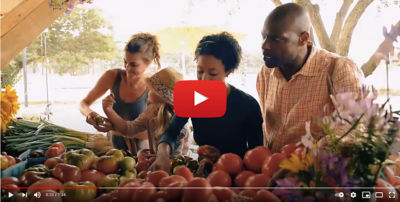Causal Agent
Fusarium solani f. sp. Cucurbitae
Distribution
Africa, Asia, Europe, and North America
Symptoms
The disease is most serious on squash and pumpkin, although it may also be found on watermelon, cantaloupe and cucumber. Fusarium solani f. sp. cucurbitae race 1 attacks roots, stems and fruit, but Fusarium solani f. sp. cucurbitae race 2 attacks only fruit. Symptoms are similar to Fusarium wilt and include stunting of the plant, and mid-season wilting of the entire plant. However, with Fusarium crown and foot rot there is a distinctive dark brown necrotic rot of the crown and upper portion of the tap root. This decay extends around the stem and girdles the plant. The affected area turns soft and mushy. During humid weather, white mycelial growth may be found on the affected area. The roots of the plant can also become infected but the pathogen primarily is limited to the crown and fruit of the plant. When fruit are attacked a firm dry rot develops. The decayed areas are circular and may develop a concentric ring pattern.
 Wilting of pumpkin runners due to infection by Fusarium solani f. sp. cucurbitae.
Wilting of pumpkin runners due to infection by Fusarium solani f. sp. cucurbitae.
Conditions for Development
The fungus can survive in soil although not for long periods of time. Early infection may result in seedling damping-off. Fusarium solani f. sp. cucurbitae can also infect fruit which are in contact with infested soil. Severity of fruit rot is dependent on soil moisture and inoculum density.
Control
Plant fungicide-treated seed to reduce disease initiated from infected seed. The fungus outside of a host is not long-lived in the soil, therefore a three-to-four-year rotation out of cucurbits is usually adequate to control the disease.




